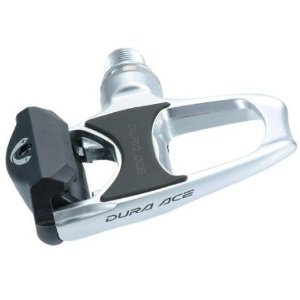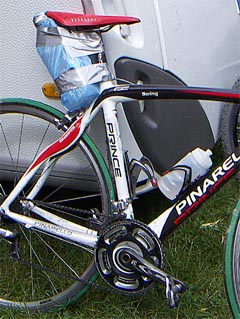Buying Road Pedals? Consider Weights and Prices
Road pedals are not just road pedals. They add grams to the overall bike weight and thus play a role in your overall performance. You might have read about my little experiment to find out how much extra weight costs on Alpe d’Huez, which shows that even small weight savings make a difference. Thus, it […]
Buying Road Pedals? Consider Weights and Prices Read More »


